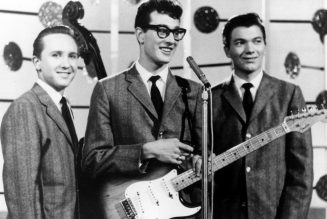If music is 5 Gum, then dancing is the ensuing journey through hyper-speed. Dancing is essentially an involuntary reaction to hearing music, according to a new study on sonic-related micro-movements.
In order to study the impact of music on human movement, researchers in Norway played beats for people and monitored their micro-movements. Measuring them to the millimeters per second, they found that it was nearly impossible for the subjects to stand completely still. “Nobody has managed it so far,” said Alexander Refsum Jensenius, a University of Oslo professor of music technology. Conducting the examination with genres like Norweigan folk music and traditional Indian music, among others, Jensenius went on to say that electronic dance music induced the most micro-movements.
To amplify his study, Jensenius even went as far as to organize the “Norwegian Championship of Standstill,” a competition in which participants merely stood still for six minutes, with and without music. Despite concerted efforts to stand absolutely still, the winner of the competition recorded minute oscillations of 3.9 millimeters per second.
Along with his team at the University of Oslo’s RITMO Centre for Interdisciplinary Studies in Rhythm, Time and Motion, Jensenius used a number of instruments to examine music-related body motion, including a simple metronome. “The metronome makes us move more than when standing still in silence. It shows that the beat is important,” he explained. “But the more complex the music, the more things start to happen.”
It’s no surprise, then, that EDM elicited the highest measurements of micro-movements in the study. “When you dance to EDM music, the details create the energy,” Jensenius said. “The song builds up, lifts and drops. This makes us move with increasing amounts of energy on the dance floor.”










